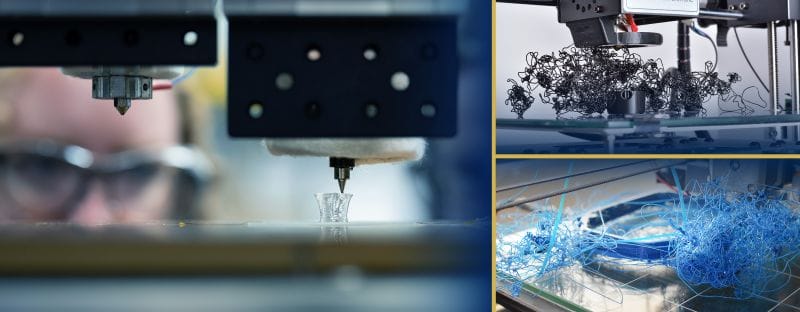RSS feed source: National Science Foundation
Using the Gemini North telescope in Hawaii, astronomers have captured an image of comet 3I/ATLAS, an interstellar object that was first detected on July 1, 2025, by the Asteroid Terrestrial-impact Last Alert System (ATLAS) for which the comet was named. The letter “I” means “interstellar,” and “3” indicates it is only the third object from another star system ever observed. The observations will help scientists study the characteristics of this rare object’s origin, orbit and composition.
Gemini North is in Hawaii and is one half of the International Gemini Observatory, funded in part by the U.S. National Science Foundation. The imagery reveals the comet’s compact coma — a cloud of gas and dust surrounding its icy nucleus.
“The sensitivity and scheduling agility of the International Gemini Observatory has provided critical early characterization of this interstellar wanderer,” says Martin Still, NSF program director for the International Gemini Observatory. “We look forward to a bounty of new data and insights as this object warms itself on sunlight before continuing its cold, dark journey between the stars.”
RSS feed source: National Science Foundation
Artificial intelligence has transformed fields like medicine and finance, but it hasn’t gained much traction in manufacturing. Factories present a different challenge for AI: They are structured, fast-paced environments that rely on precision and critical timing. Success requires more than powerful algorithms; it demands deep, real-time understanding of complex systems, equipment and workflow. A new AI model designed specifically for manufacturing, seeks to address this challenge and revolutionize how factories operate.
With support from the U.S. National Science Foundation, a team led by California State University Northridge’s Autonomy Research Center for STEAHM has developed MaVila — short for Manufacturing, Vision and Language — an intelligent assistant that combines image analysis and natural language processing to help manufacturers detect problems, suggest improvements and communicate with machines in real time. Their goal is to create smarter, more adaptive manufacturing systems that can better support one of the most important sectors of the U.S. economy.
MaVila takes a different approach. Instead of relying on outside data, like information on the internet, it is trained with manufacturing-specific knowledge from the start. It learns directly from visual and language-based data in factory settings. The tool can “see” and “talk” — analyzing images of parts, describing defects in plain language, suggesting fixes and even communicating with machines to carry out automatic adjustments.
MaVila was trained using a specialized approach that required
Click this link to continue reading the article on the source website.
RSS feed source: National Science Foundation
The U.S. National Science Foundation is proud to announce a new partnership with Voltage Park in support of the National Artificial Intelligence Research Resource (NAIRR) pilot — a transformative public-private initiative designed to drive U.S. AI innovation, discovery and national competitiveness by expanding access to the tools and resources essential for cutting-edge AI resources for researchers and educators across the country.
Voltage Park, a company committed to broadening access to AI infrastructure, will contribute high-performance cloud computing resources and expert support to help researchers nationwide pursue breakthrough innovations in AI. As part of the partnership, Voltage Park will provide one million NVIDIA H100 GPU hours, enabling a diverse range of AI research projects in science, engineering, health, climate, and more.
“Voltage Park’s participation significantly strengthens our ability to deliver on the promise of the NAIRR pilot,” said Brian Stone, performing the duties of the NSF director. “By partnering with visionary private sector organizations like Voltage Park, we are expanding the frontiers of AI research and ensuring that the US continues to lead in AI innovation.”
“Expanding access to advanced computing is not just a technical initiative—it’s a strategic priority,” said Ozan Kaya, Chief Executive Officer of Voltage Park. “By lowering the barriers to high-performance AI infrastructure, we can unlock innovation from a more diverse and representative set of researchers. That inclusivity is what drives
Click this link to continue reading the article on the source website.
RSS feed source: National Science Foundation
Metamaterials are a special class of engineered materials, designed to have properties not found in nature. Glaucio Paulino, a professor at Princeton University, discusses his work on developing modular chiral origami metamaterials, engineering control approaches and the ways they might benefit society.
Listen to NSF Discovery Files wherever you get your podcasts.
Click this link to continue reading the article on the source website.



